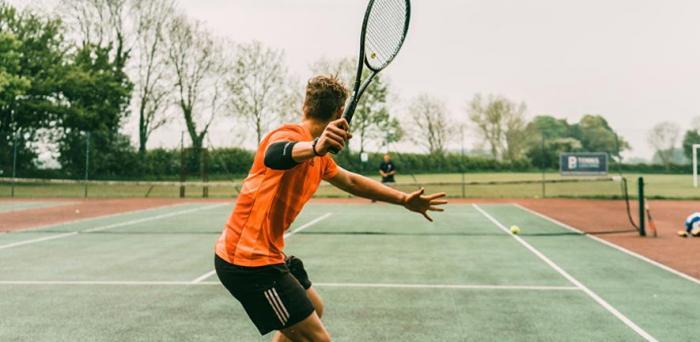How is it that a chef can control their knife to fillet a fish or peel a grape and can wield a cleaver just as efficiently as a paring knife? Even those of us less proficient in the kitchen learn to skilfully handle an astonishing number of different objects throughout our lives, from shoelaces to tennis rackets.
This ability to continuously acquire new skills, without forgetting or degrading old ones, comes naturally to humans but is a major challenge even for today’s most advanced artificial intelligence systems.
Now, scientists from the University of Cambridge and Columbia University have developed and experimentally verified a new mathematical theory that explains how the human brain achieves this feat. Called the COntextual INference (COIN) model, it suggests that identifying the current context is key to learning how to move our bodies.
The model describes a mechanism in the brain that is constantly trying to figure out the current context. The theory suggests that these continuously changing beliefs about context determine how to use existing memories — and whether to form new ones. The results are reported in the journal Nature.
“Imagine playing tennis with a different racket than usual or switching from tennis to squash,” said co-senior author Dr Daniel Wolpert from Columbia University. “Our theory explores how your brain adjusts to these situations and whether to treat them as distinct contexts.”
Image: Tennis match
Credit: Chino Rocha via Unsplash
Tennis match
Credit: Chino Rocha via Unsplash
Reproduced courtesy of the University of Cambridge
